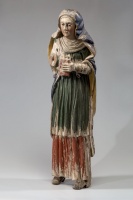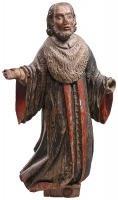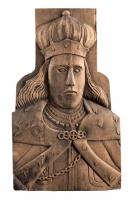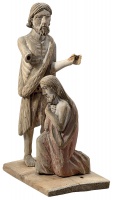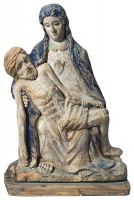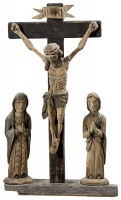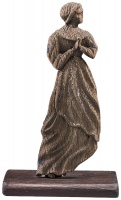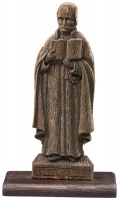
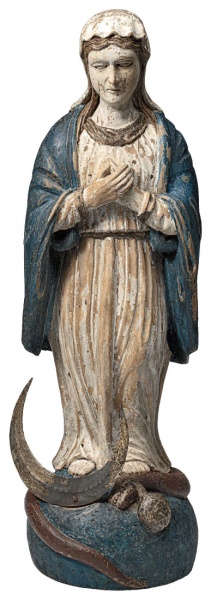

Our Lady of the Immaculate Conception
| Author: |
Unknown artist |
| Created: | late 19th–early 20th century |
| Material: | wood |
| Technique: | carving, colour paint |
| Dimensions: | 40 × 16 cm |
Žemaitija
The veneration of Our Lady of the Immaculate Conception flourished in the second half of the 17th century, but it became even more popular in the second half of the 19th century, after the dogma of the Immaculate Conception was proclaimed in 1854. The veneration of the Immaculate Conception in prayers and psalms became especially common in Lithuanian churches, and at home. Divine worship in the month of May became popular at the end of the 19th century, and the image of Our Lady of the Immaculate Conception appeared in the liturgy. The custom of holding May services spread from churches to farms. Temporary altars with a picture or a sculpture of Our Lady of the Immaculate Conception were placed in the home for the month of May. This stimulated the demand for images from carvers. The number of works grew in churches, and small pictures of Our Lady of the Immaculate Conception spread all over the countryside. This influenced folk sculpture, which also took up the theme. Folk sculptures of Our Lady of the Immaculate Conception deviate little from ecclesiastical iconography, craftsmen made various decorations for her head: a wreath of stars, a nimbus of rays, and sometimes a crown.
An unknown carver made this figure of Our Lady of the Immaculate Conception in line with standard ecclesiastical iconography. Dressed in a white dress symbolising chastity, and a blue cloak symbolising heaven and divinity, she is standing on a globe, with her hands folded in prayer, and on a crescent and a serpent with an apple in its mouth. This kind of portrayal of Mary is not usually crowned; sometimes the head is covered with her blue cloak or a white veil, as in this work.
Text author Skaidrė Urbonienė
Source: Law firm Valiunas Ellex art album HEAVEN AND BEYOND (2016). Compiler Dalia Vasiliūnienė. Text authors Dalia Vasiliūnienė, Skaidrė UrbonienėExpositions: “Heaven and Beyond. Works of religious art from the collection of Rolandas Valiūnas and the law firm Valiunas Ellex“, 31 May–24 September 2016, Church Heritage Museum, Vilnius (curators Dalia Vasiliūnienė, Skaidrė Urbonienė)







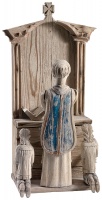
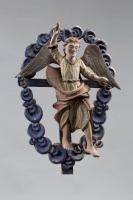
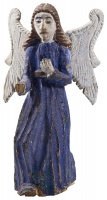
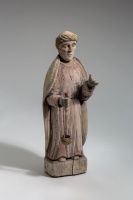
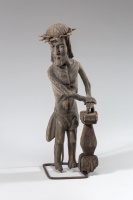


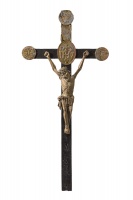
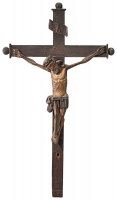

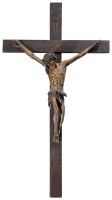

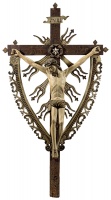


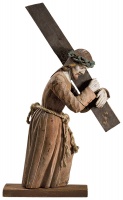
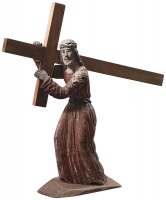






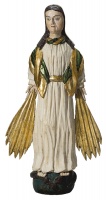

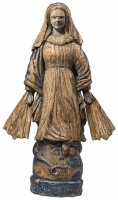
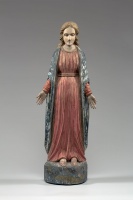
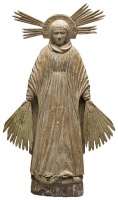




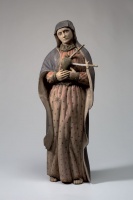






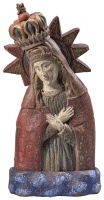


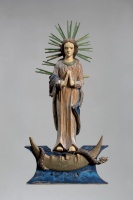



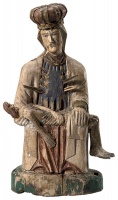
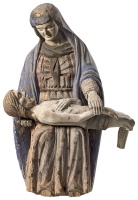
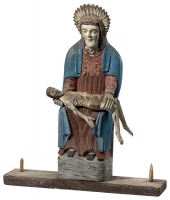

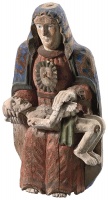
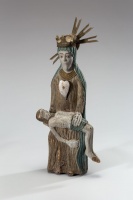
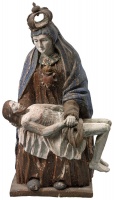
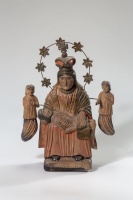



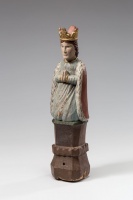
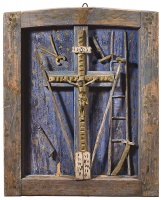
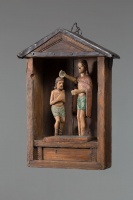
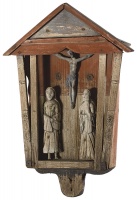
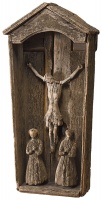

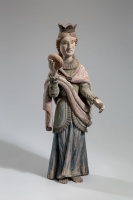



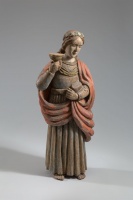

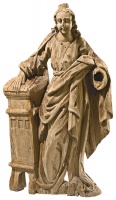
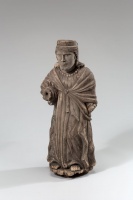
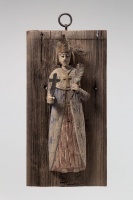

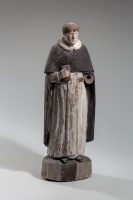



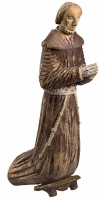

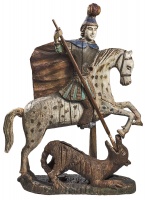









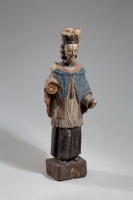



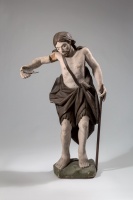
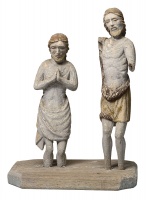



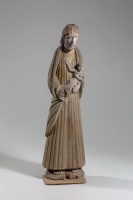
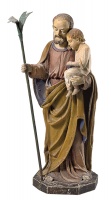
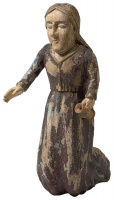
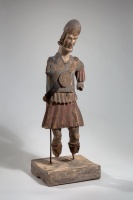
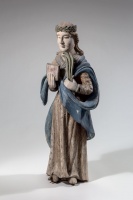

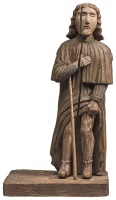



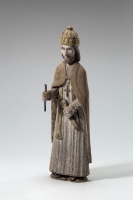





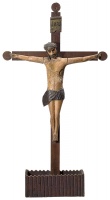




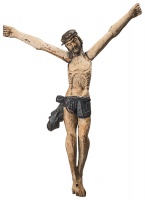
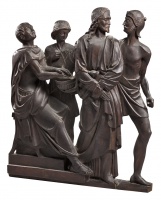

_kat.jpg)
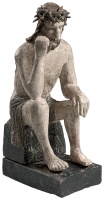







.jpg)
